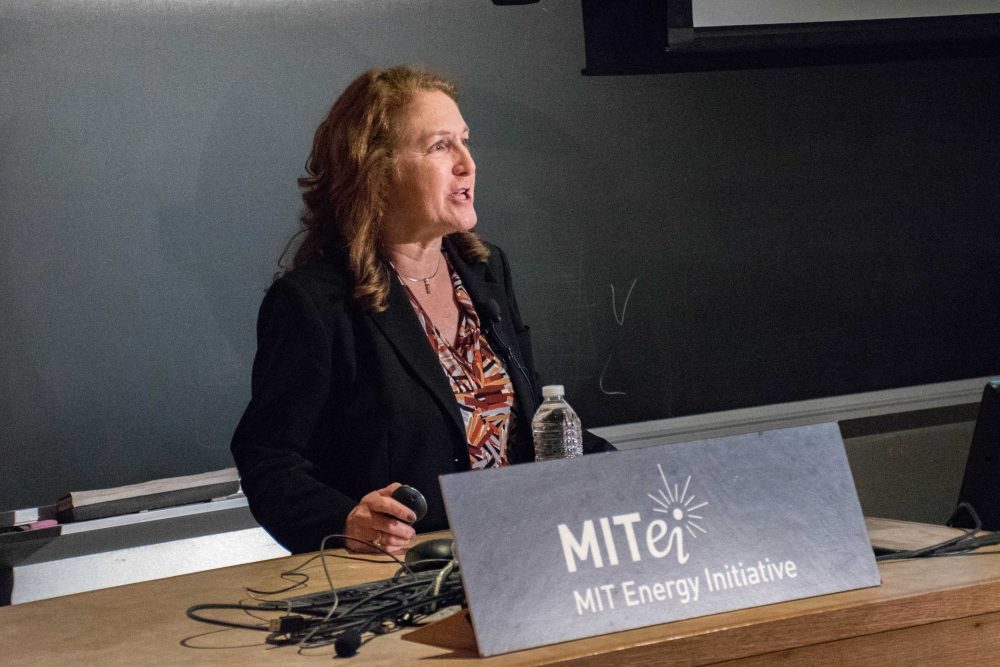
Gail Brager, professor in the Building Science Program at the University of California, Berkeley, and the associate director of the Center for the Built Environment, recently delivered a talk at the MIT Energy Initiative (MITEI). Brager discussed new ways of designing and operating buildings to both optimize energy use and increase occupant comfort, an idea she termed the “energy/comfort nexus.” In a conversation with MITEI, she reflects on the need for improving the energy and comfort performance of buildings and the most promising approaches to accomplishing this.
Q: Why are buildings a good focus area for tackling energy and climate issues?
A: Buildings are responsible for nearly half of the carbon emissions in the U.S. Reducing energy use through measures such as improved lighting and building envelopes is often cited as the most cost-effective strategy for combating climate change.
Q: Can you explain zero net energy buildings and how to achieve them?
A: A zero net energy building is defined as a building which, over the course of a year, generates at least as much energy as it consumes. The priorities are to first reduce the building loads, or how much heating or cooling energy the building needs, and to use passive strategies as much as possible. Passive strategies refer to using natural means to heat, cool, and light buildings without the use of mechanical or electrical systems. Only then can one select and design high efficiency mechanical and electrical systems for what are now much-reduced loads. The final step is to design on-site renewable energy systems to provide that energy. The amount of energy that is even possible to produce—for example, for photovoltaics, perhaps limited by the roof area—is used as a target for
reducing the building’s energy use intensity. Slapping photovoltaics onto a poorly designed building with a leaky envelope (anything such as walls, windows, and floors making up the physical separator between the building’s interior and exterior) is like trying to continually pour water into a leaky bucket. It makes much more sense to fix the holes in the bucket first!
Q: What do you mean by the energy/comfort nexus? How are the two concepts related and what are the most promising strategies for achieving both energy reduction and increased occupant comfort?
A: Evidence shows that we are using tremendous amounts of energy to over-cool and over-heat commercial buildings, while simultaneously making a large percentage of the occupants uncomfortable. Strategies for providing enriched thermal environments must be conjoined with reducing energy; these are inseparable for any building striving for high performance. There is enormous potential for achieving this if building designers and operators can find efficient ways to allow building temperatures to float over a wider range, more in line with the natural swings of the outdoor climate, while affording occupants individual control of comfort. Research at the Center for the Built Environment has been studying such paradigm shifts, such as moving from centralized to personal conditioning systems, from active to hybrid systems (mixed mode, which includes natural ventilation combined with efficient mechanical cooling), from air to radiant systems, and from practices of limiting air movement to a more integrated approach of utilizing smart fans to provide elevated air movement at warmer temperatures.
Press inquiries: miteimedia@mit.edu